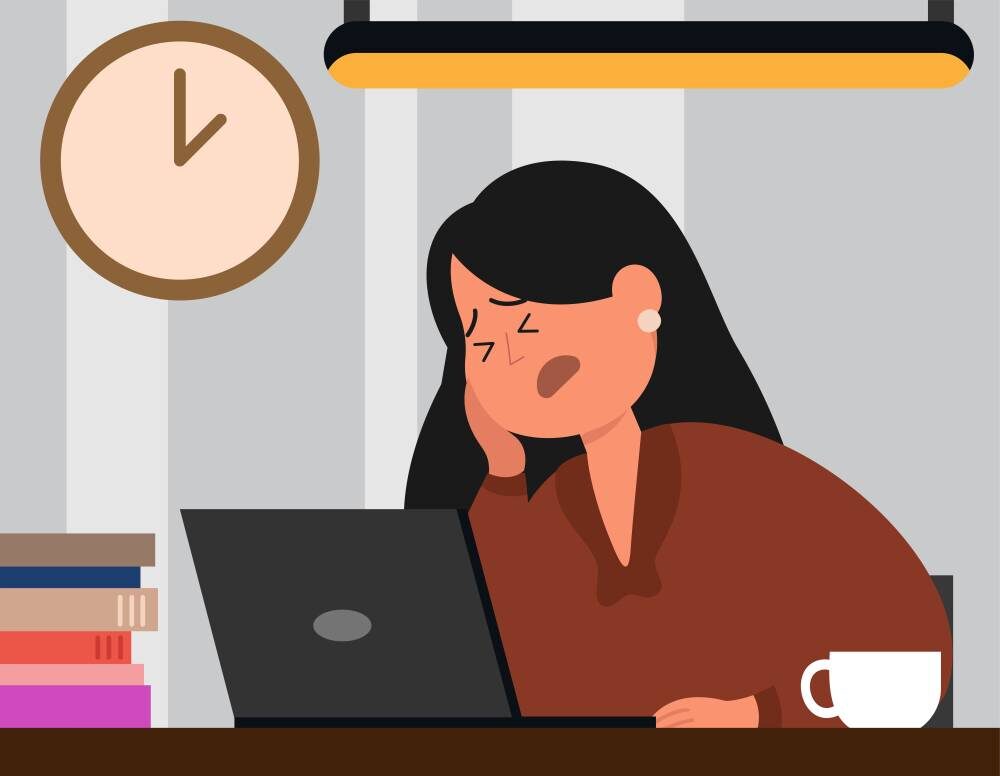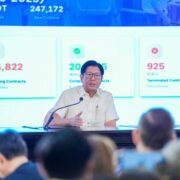That time of the month: Women’s health deserves more than a whisper

Two days ago, in the middle of back-to-back meetings and writing deadlines, I found myself changing my sitting posture for the fifth time in less than an hour while clutching my abdomen, forcing a smile while my body waged war against itself. I wasn’t sick. I wasn’t injured. I was simply menstruating—an experience so universal to women yet so misunderstood by the world.
The expectation is clear: women are supposed to perform at full capacity, no matter the pain. We push through presentations, meet deadlines, attend classes, and sit through hours of work while experiencing cramps that, according to some studies, can be as painful as a heart attack, or even hurt more than the latter. Yet, we rarely acknowledge it. And even if we do, society is quick to downplay it as just “that time of the month.”
But beyond the pain, here’s the real problem: Women’s health is woefully underresearched.
Scrolling through TikTok the other day, I came across a term I have never heard before—decidual cast, which is a rare but excruciating phenomenon where the lining of the uterus is expelled in one large, intact piece of tissue. During a regular menstrual period, the body sheds the uterine lining in small fragments mixed with blood. In the case of a decidual cast, also known as membranous dysmenorrhea, however, the entire layer is expelled in one intact piece instead of breaking down gradually. It’s horrifying, painful, and yet, many women only discover it when it happens to them.
‘Period card’
Why is that? Why do so many women have to turn to social media to learn about their own bodies?
For decades, clinical trials mostly used men as test subjects. Even today, conditions that primarily affect women—like endometriosis or polycystic ovary syndrome (PCOS)—receive only a fraction of the funding and attention that diseases affecting men do.
I remember one particular day at work when my menstrual cramps were so unbearable that I barely spoke all day. I was unusually quiet. I just tried to finish my shift, focused on getting through the day without letting the pain consume me.
A few coworkers noticed and asked me if I was okay. I simply said, “It’s my second day.”
One of them immediately nodded in sympathy. She understood. She had been there.
But another coworker? He scoffed and said, “Using the period card, eh?”
Seriously? The period card? As if I was faking it. As if it were some kind of excuse. As if I wanted to feel like my insides were being wrung out while pretending to be fine at work.
This is exactly why so many women suffer in silence. We are made to feel like acknowledging our pain is an overreaction. Like we should just “push through it” because that’s what we’ve been conditioned to do.
Hormones, maybe
The more I looked into menstruation, the more I realized how much we don’t know about it.
Did you know that doctors still don’t fully understand why some women experience severe period cramps while others barely feel anything? The best they can tell us is that it may be linked to higher prostaglandin levels—hormone-like chemicals that trigger uterine contractions. But the exact mechanisms? Still unclear.
Or that there’s a rare condition called catamenial anaphylaxis, where some women experience allergic reactions to their own menstrual blood? Imagine breaking out in hives, swelling up, or even going into anaphylactic shock—just because your period started.
And then there’s period poops. We joke about them, but why does menstruation cause diarrhea or constipation in so many women? Again, it comes down to hormones—but the research on exactly how and why remains surprisingly thin.
Even PMS (premenstrual syndrome), something nearly every woman experiences, is still largely misunderstood. Some studies suggest it’s linked to serotonin levels, while others point to progesterone fluctuations. But there’s no clear, definitive answer, and no effective treatment beyond the usual “eat well and exercise” advice that feels laughable when you’re curled up in pain.
The numbers don’t lie
If you think women are just being dramatic about period pain, let’s talk numbers:
- Endometriosis affects at least one in 10 women globally, yet it takes an average of seven to 10 years to get diagnosed due to dismissal of symptoms.
- Ninety percent of women experience period pain, but only 20 percent of them receive a proper medical diagnosis for conditions like dysmenorrhea.
- A 2024 study from Nurofen found that 55 percent of women have had their pain dismissed by a doctor, compared to only 48 percent of men.
- A survey in the United Kingdom revealed that one in eight women didn’t know about periods until they started menstruating and felt unprepared due to lack of menstrual education.
- Meanwhile, in the workplace, many women struggle in silence. A study in Spain found that more than half of the working women said their period pain negatively affected their job performance—yet only 17.3 felt comfortable taking sick leave for it.
We need to start talking—really talking—about the reality of menstruation in the workplace, school, and wherever. Not as a whispered inconvenience, but as a real and valid health issue. More research, better education, and policy changes are long overdue.
If men experienced a monthly condition that could cause nausea, fatigue, migraines, and pain comparable to a heart attack, you can bet it would be a national health crisis. Instead, women suffer in silence, taking painkillers between meetings, acting like everything is fine.
It’s not fine. And it’s time we stop pretending it is.

















